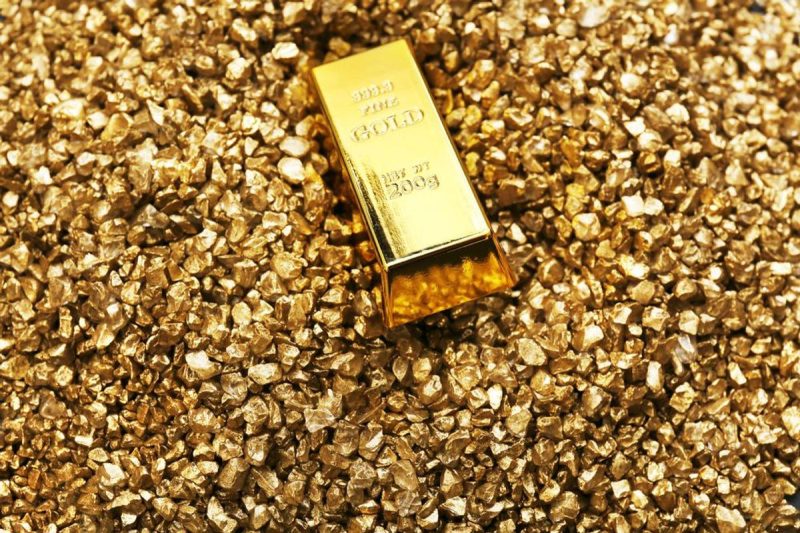Gold has long been considered a valuable commodity with enduring investment appeal. Historically, gold has been used not only for its aesthetic appeal but also as a store of value and a hedge against economic uncertainty. Investors often flock to gold during times of market turbulence or when inflation threatens the purchasing power of traditional currencies. In recent years, interest in gold investments has seen a resurgence as global economic uncertainties and geopolitical tensions have increased.
One of the key reasons why investors turn to gold as a hedge is its reputation for being a safe haven asset. Unlike stocks, which can be highly volatile and subject to market sentiment, gold has a track record of retaining its value over the long term. During times of economic crisis, gold prices tend to rise as investors seek refuge from other riskier assets. This makes gold an attractive option for investors looking to diversify their portfolios and protect their wealth against market downturns.
Investors can gain exposure to gold through a variety of investment vehicles, including physical gold, gold exchange-traded funds (ETFs), gold mining stocks, and gold futures. Each of these investment options comes with its own set of risks and potential rewards, so investors should carefully consider their investment goals and risk tolerance before choosing a strategy.
Physical gold, such as gold bars or coins, is the most traditional form of gold investment. While physical gold can be held as a store of value, it also comes with costs such as storage fees and insurance. Gold ETFs, on the other hand, offer investors a way to invest in gold without needing to take physical possession of the metal. These funds are traded on stock exchanges and usually track the price of gold, providing investors with a cost-effective way to gain exposure to the precious metal.
Investing in gold mining stocks can offer investors the opportunity to benefit from the performance of gold prices while also gaining exposure to the potential growth of the mining companies themselves. However, gold mining stocks can be more volatile than physical gold or gold ETFs, as they are also subject to company-specific risks such as mine production issues and geopolitical factors.
For investors looking to take a more speculative approach, gold futures provide a way to bet on the future price of gold. Futures contracts allow investors to buy or sell gold at a specified price at a future date, providing opportunities for profit but also carrying significant risks due to the leverage involved.
In conclusion, gold investments can play a valuable role in a diversified investment portfolio, offering protection against economic uncertainties and market volatility. Whether through physical gold, gold ETFs, gold mining stocks, or gold futures, investors have a variety of options to choose from based on their investment goals and risk tolerance. By understanding the characteristics and risks associated with each investment vehicle, investors can make informed decisions about how to use gold as a hedge in their portfolios.
